This website uses Google Translate
You cannot use this feature without first accepting 3rd Party Cookies.
This website uses Google Translate
You cannot use this feature without first accepting 3rd Party Cookies.
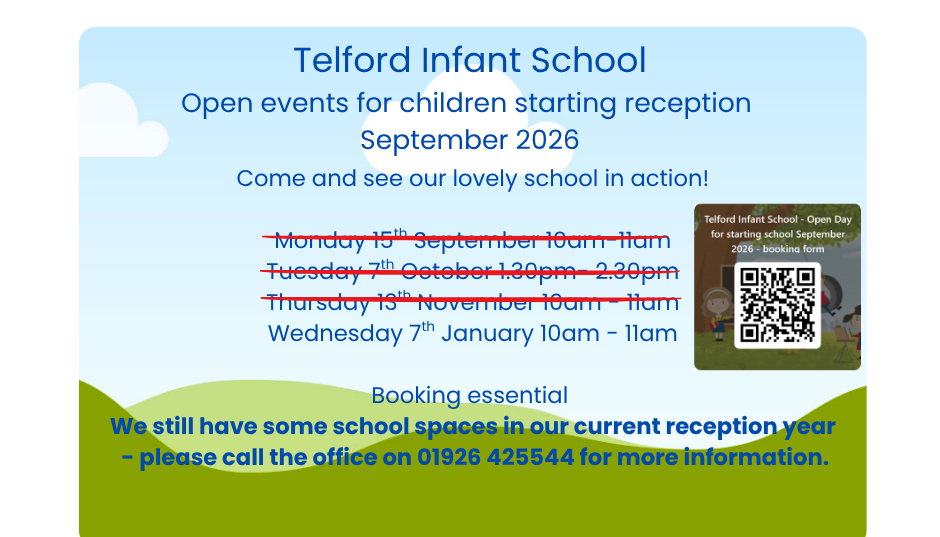
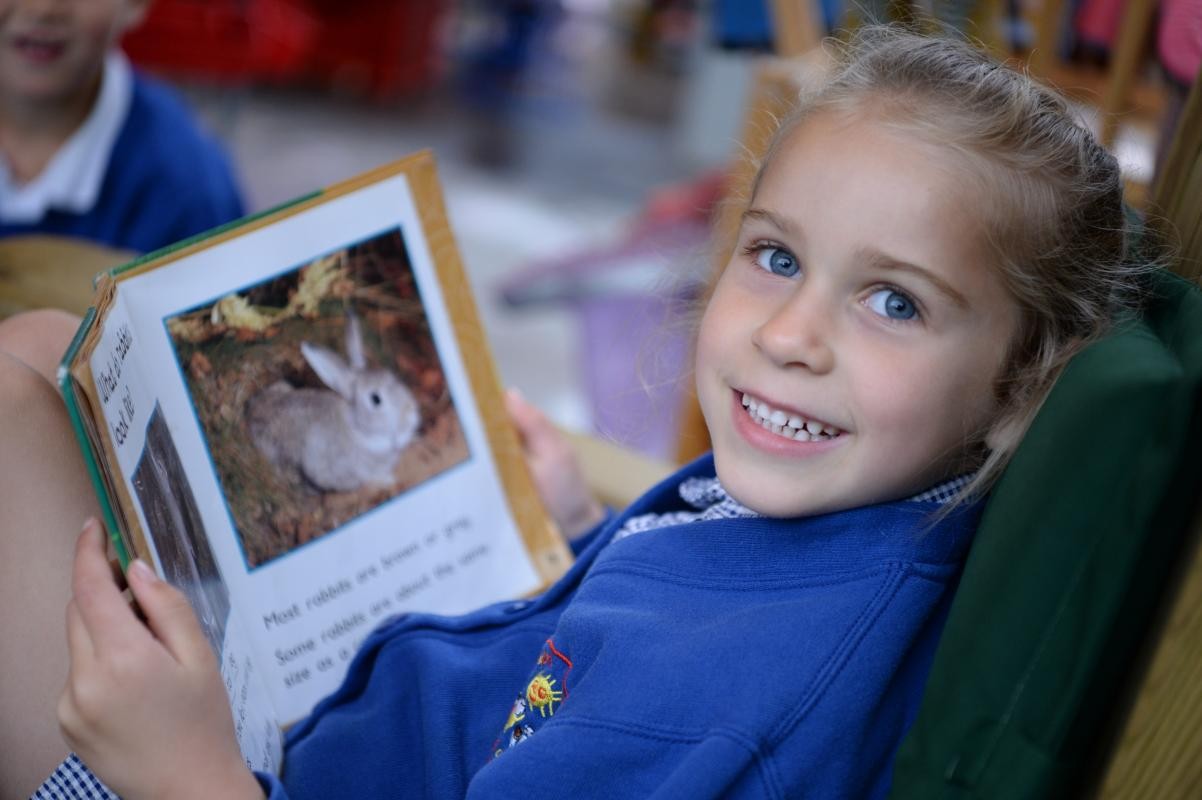

You cannot use this feature without first accepting 3rd Party Cookies.
You cannot use this feature without first accepting 3rd Party Cookies.
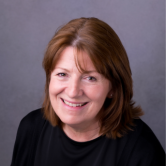
How do we teach Computing?

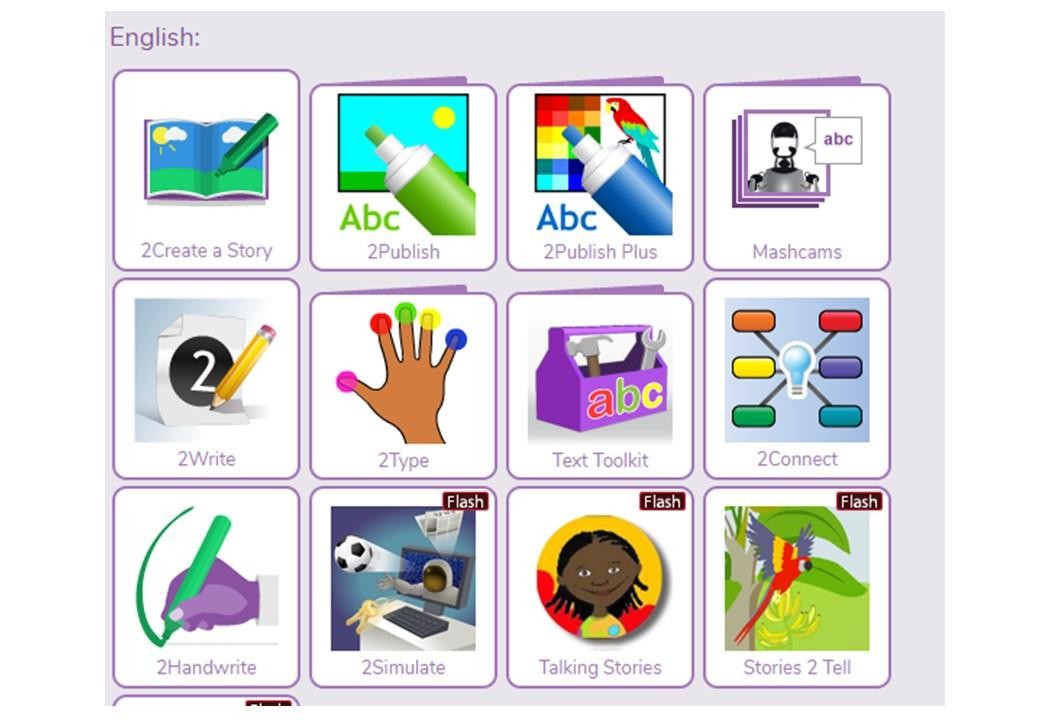
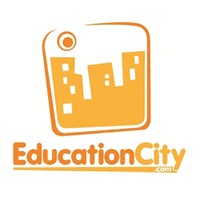
Online Safety Tips for parents
We hope the following tips are helpful at home.
Online Safety Websites
You may find these websites useful if you wish find out more about internet safety: